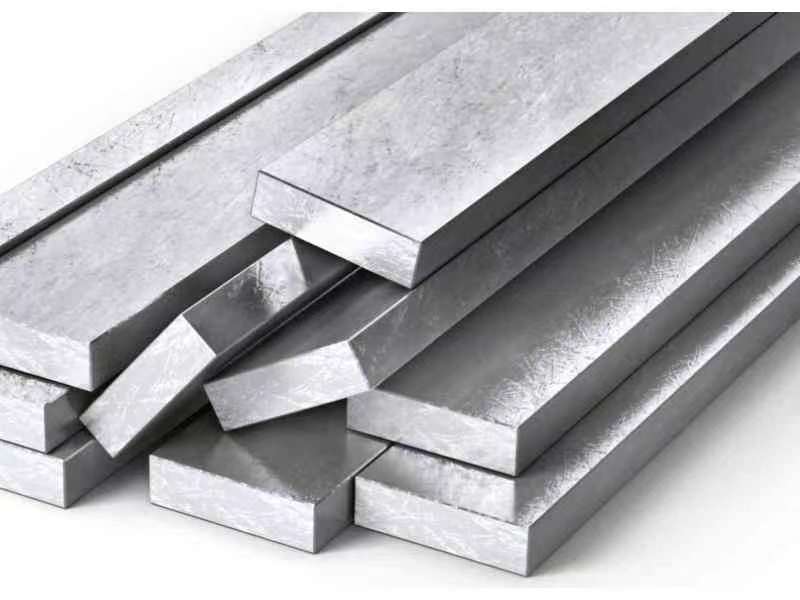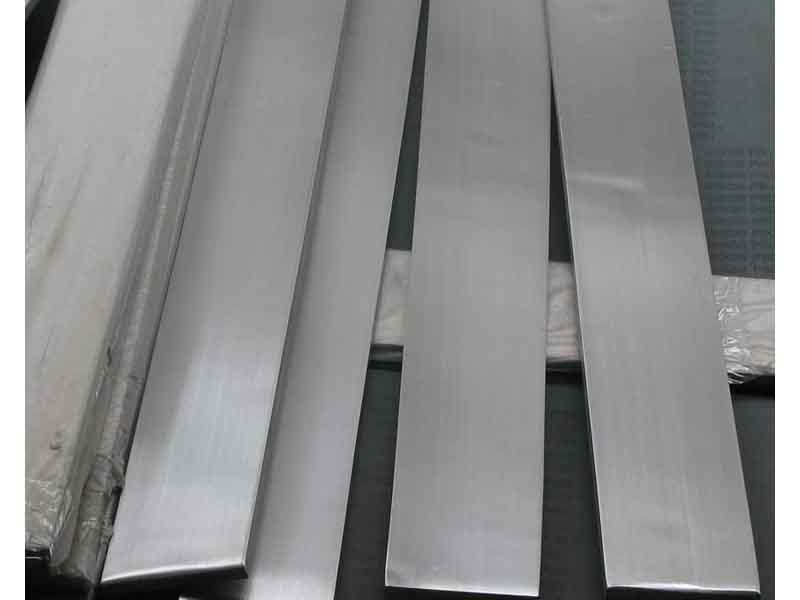

Stainless steel flat bar is a flat rectangular steel product that is usually available in two varieties: awesome and shear and edge bar. The two have different tolerances and differences. Stainless steel flat bar is considered an essential construction material due to its versatility, as it has relatively high strength and the ability to work in the field. Stainless steel flat bars also provide additional protection against corrosion for outdoor or marine applications.

The main differences between the two types of stainless steel flat bars are:

Test methods:
Performance indicators: the test items for assessing performance are mainly tensile tests and bending tests. Indicators include yield point, tensile strength, elongation and bending qualified items.

For Further Details,Please Feel Free To Contact Us: